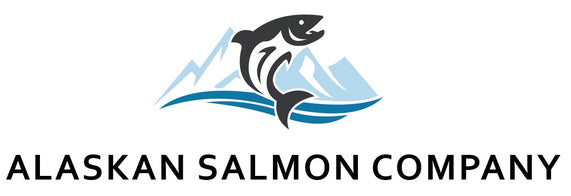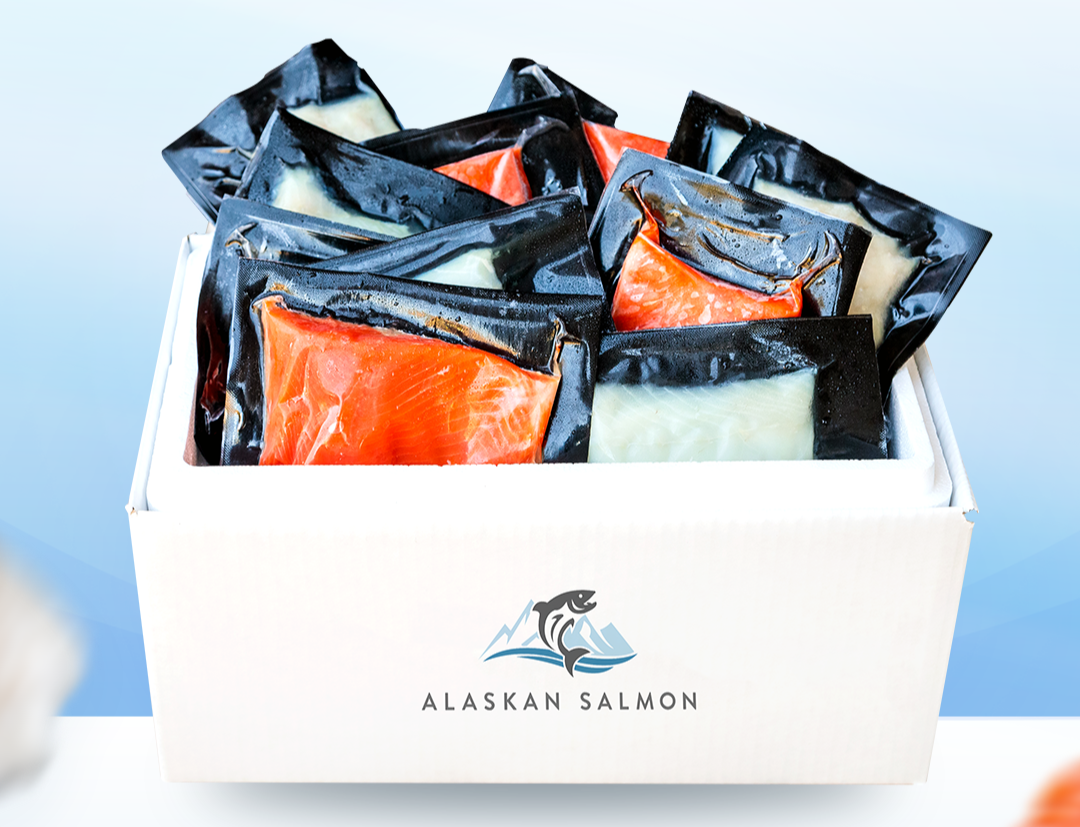Is Salmon Good for Acid Reflux?
Updated on Jul 30, 2025
Have you ever felt a burning sensation in your chest or throat after a meal? That’s a common sign of acid reflux. It happens when stomach acid flows back up into the esophagus, the tube that carries food from your mouth to your stomach.
Certain foods can make acid reflux worse, while others may actually help calm it down.
If you enjoy eating salmon, you might be wondering if it’s safe to eat when you have acid reflux. When prepared the right way, salmon can be a tasty and gentle meal that doesn’t trigger uncomfortable symptoms.
In this article, Let’s take a closer look at why salmon is usually safe for people with acid reflux — and how to enjoy it without making your symptoms worse.
Is Salmon Good for Acid Reflux?
Yes, salmon is usually a good choice if you have acid reflux. It’s a low-acid food, which means it won’t increase the amount of acid in your stomach. It’s also high in protein, and studies show that lean proteins are easier to digest and less likely to cause reflux symptoms compared to high-fat animal foods.
That’s because high-fat meals can relax the lower esophageal sphincter (LES) — the muscle that keeps stomach acid from moving back up into the esophagus. When the LES relaxes too much, acid can escape.
Salmon also contains omega-3 fatty acids, which have anti-inflammatory properties. Some research suggests that reducing inflammation in the digestive tract may help ease reflux over time.
Related: Health Benefits of Salmon
How to Prepare Salmon if You Have Acid Reflux
The way you cook salmon can make a big difference in how it affects your acid reflux.
To keep it gentle on your stomach, avoid using added fats like butter or heavy oils, which can relax the lower esophageal sphincter (LES) and allow stomach acid to flow back up. Creamy sauces, spicy seasonings, and citrus-based marinades — like those made with lemon or vinegar — can also trigger symptoms, so it’s best to skip those as well.
Instead, choose cooking methods that don’t require extra fat. Grilling, baking, or poaching salmon are all great options. For example, you can bake salmon with a drizzle of olive oil and mild herbs like dill or parsley, or poach it in low-sodium broth for a light, moist texture.
These simple methods will help preserve the flavor while keeping your meal easy to digest and reflux-friendly.
Related: How to Cook Sockeye Salmon
Tips for Eating Salmon Without Triggering Acid Reflux
Even healthy foods like salmon can cause discomfort if you’re not careful with how you eat them. One important tip is to watch your portion sizes. Eating large meals can put pressure on your stomach, which increases the chance of acid pushing back into your esophagus.
Stick to smaller servings of salmon, especially at dinner time. It also helps to eat slowly and chew your food well. This gives your stomach time to process the food and prevents overeating, which is a common trigger for reflux.
Another way to avoid symptoms is to be mindful of what you eat with your salmon. Skip acidic toppings like lemon juice, tomato-based sauces, or anything spicy, as these can irritate the lining of your esophagus.
Instead, try pairing your salmon with mild, non-acidic sides like steamed vegetables, brown rice, or mashed sweet potatoes for a well-balanced, reflux-friendly meal.
Other Foods to Add in Your Diet if You Have Acid Reflux
Along with salmon, many other foods can help soothe your digestive system. Adding these to your diet may help you feel more comfortable after meals.
- Oatmeal – A filling, low-acid whole grain that absorbs stomach acid and keeps you full without triggering symptoms.
- Bananas – Naturally low in acid and gentle on the stomach, they may help coat the esophagus and reduce discomfort.
- Ginger – Known for its anti-inflammatory and digestive benefits, ginger can help calm the stomach and prevent nausea or acid reflux.
- Brown rice – A complex carbohydrate that’s easy to digest and unlikely to cause reflux.
- Sweet potatoes – High in fiber and low in acid, they make a great reflux-friendly side dish.
- Skinless chicken or turkey (baked or grilled) – Lean poultry is a good source of protein that’s less likely to cause reflux than fatty meats.
- Broth-based soups – Clear soups made with vegetable or chicken broth are light, hydrating, and easy on the stomach.
- Melons (like cantaloupe or honeydew) – These fruits are low in acid and refreshing, offering a sweet treat that’s unlikely to cause heartburn.
Summary
If you’re managing acid reflux, salmon — especially when prepared the right way — can be a delicious and soothing part of your diet. It’s low in acid, high in lean protein, and full of omega-3 fatty acids that may help calm inflammation.
Ready to give it a try? Our wild sockeye salmon offers rich flavor and impressive health benefits — packed with high-quality protein and omega-3s to support not just your gut health, but also your brain, heart, and eye health.
FAQs About Salmon and Acid Reflux
Is smoked salmon good for acid reflux?
Smoked salmon may not be the best choice for acid reflux because it’s often high in sodium and can contain added seasonings or preservatives that trigger symptoms. Fresh, baked, or grilled salmon is usually a better option.
How often can I eat salmon if I have acid reflux?
You can enjoy salmon several times a week, as long as it’s cooked in a reflux-friendly way and doesn’t cause discomfort. Just be mindful of portion sizes and how your body responds.
Is farmed or wild salmon better for reflux?
Both type of salmon can be part of a reflux-friendly diet, but wild salmon tends to be leaner and may be easier to digest. It’s also richer in natural nutrients, especially when caught fresh like our wild Alaskan sockeye salmon.








